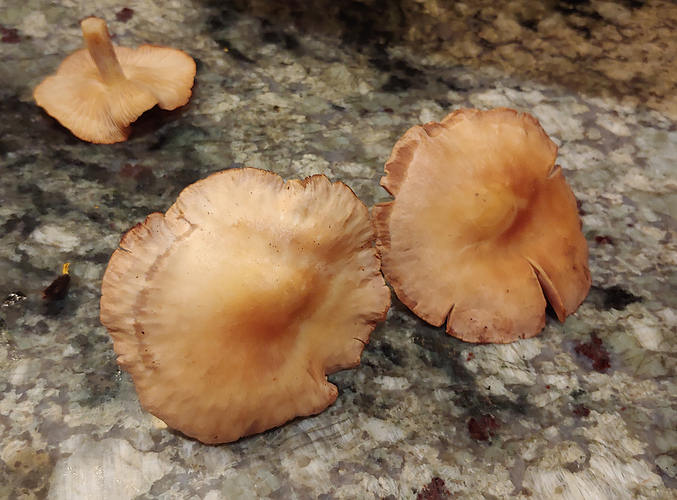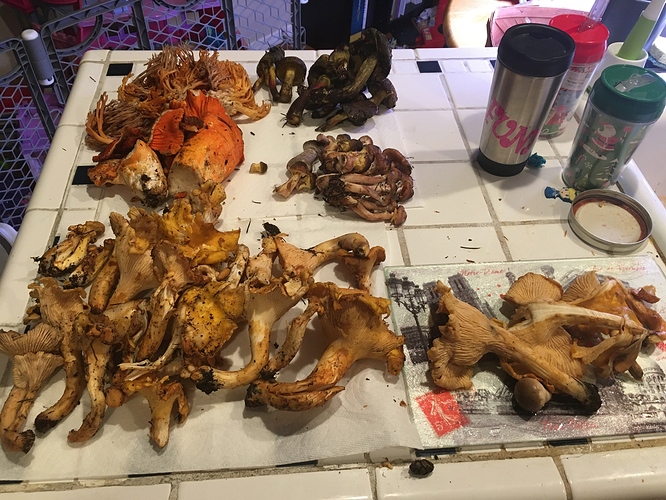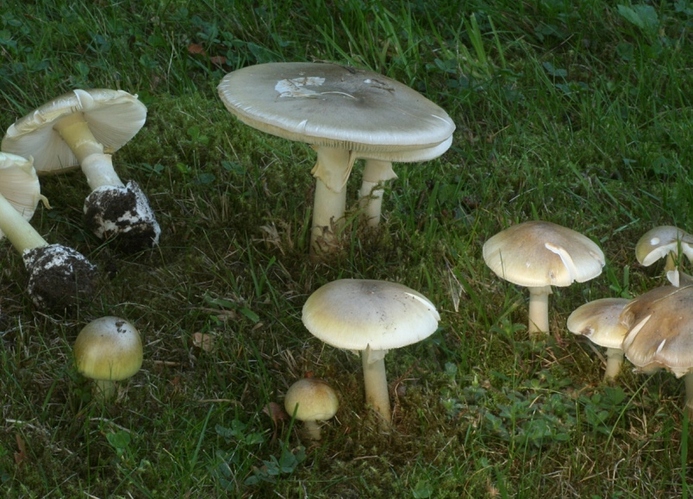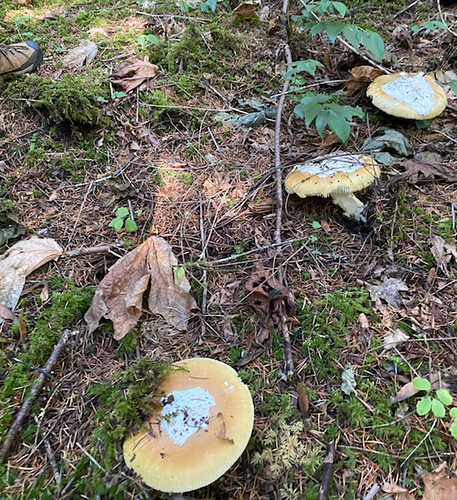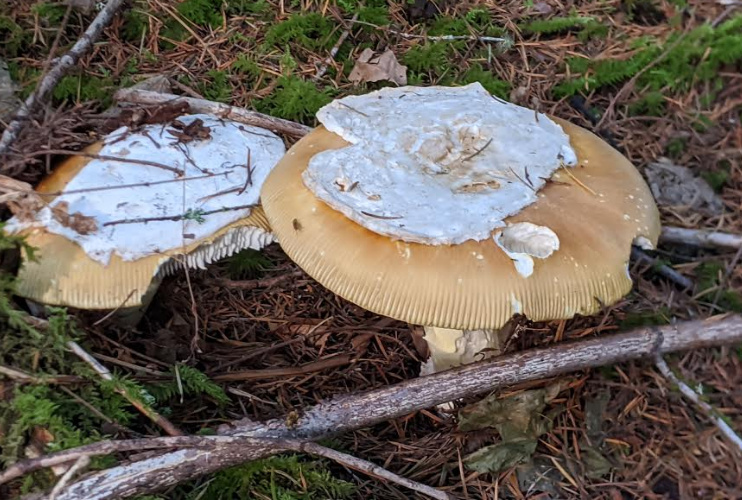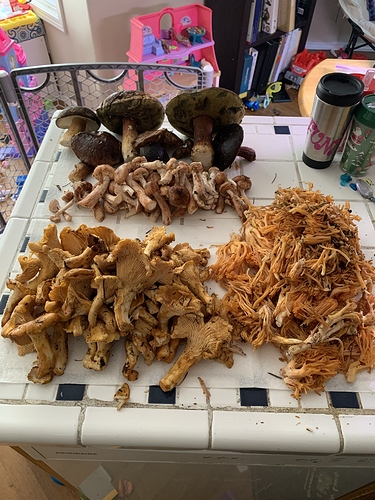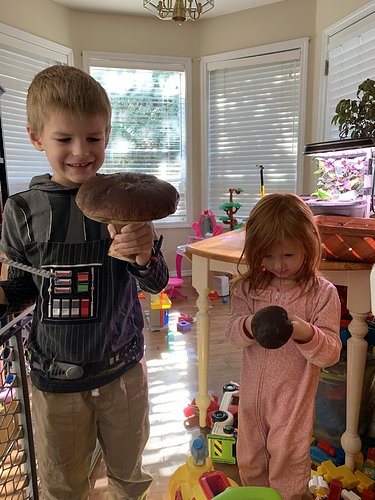When in doubt, take a spore print. Cut off the cap and put on white or black paper. Deer mushrooms are an agaricus type, so should have chocolate to charcoal colored spores. They have free gills, so I think you are in the ballpark.
However watch for the toxic agaricus. And very much watch out for amanitas! Amanitas often look similar, especially the a. olivacea, and care must be taken. Spite prints really help, as does digging all the way to the base. Look for a egg looking sac at the ground, if it has one STAY AWAY! It’s probably an amanitas, which though a select few are edible, it has most of the will kill you mushrooms in our area. Things like destroying angel, a single one of those will kill you.
The other thing to watch for is discoloration. A very common agaricus, which I pull 20 lbs out of my lawn each year, is the western flat top agaricus. Similarly the agaricus xanthodermus, the yellow stained. Scratch the base of the stalk, if it discolored yellow it’s probably one of those family. Additionally smell it, it’ll smell like phenol. These are inedible. Not kill you inedible, but give you the runs (can confirm it gives upset stomach, I cooked and tried one last year to confirm, it didn’t taste good and my stomach rumbled)
But I always keep construction paper handy. To confirm my honey mushrooms yesterday I took this spore print:
Since it was white, and not tan/ brown, I knew it was a amarilla (honey) mushroom, not the deadly Galerina. They’re the mushrooms below the boletes in the picture.
EDIT: deer mushrooms are pleuteus, not agaricus, but the advise stands as they do look similar (free gills). But they, like agaricus, do not have white spores. If you take a spore print and it is white, always be extra careful if you are not 100% sure on ID

